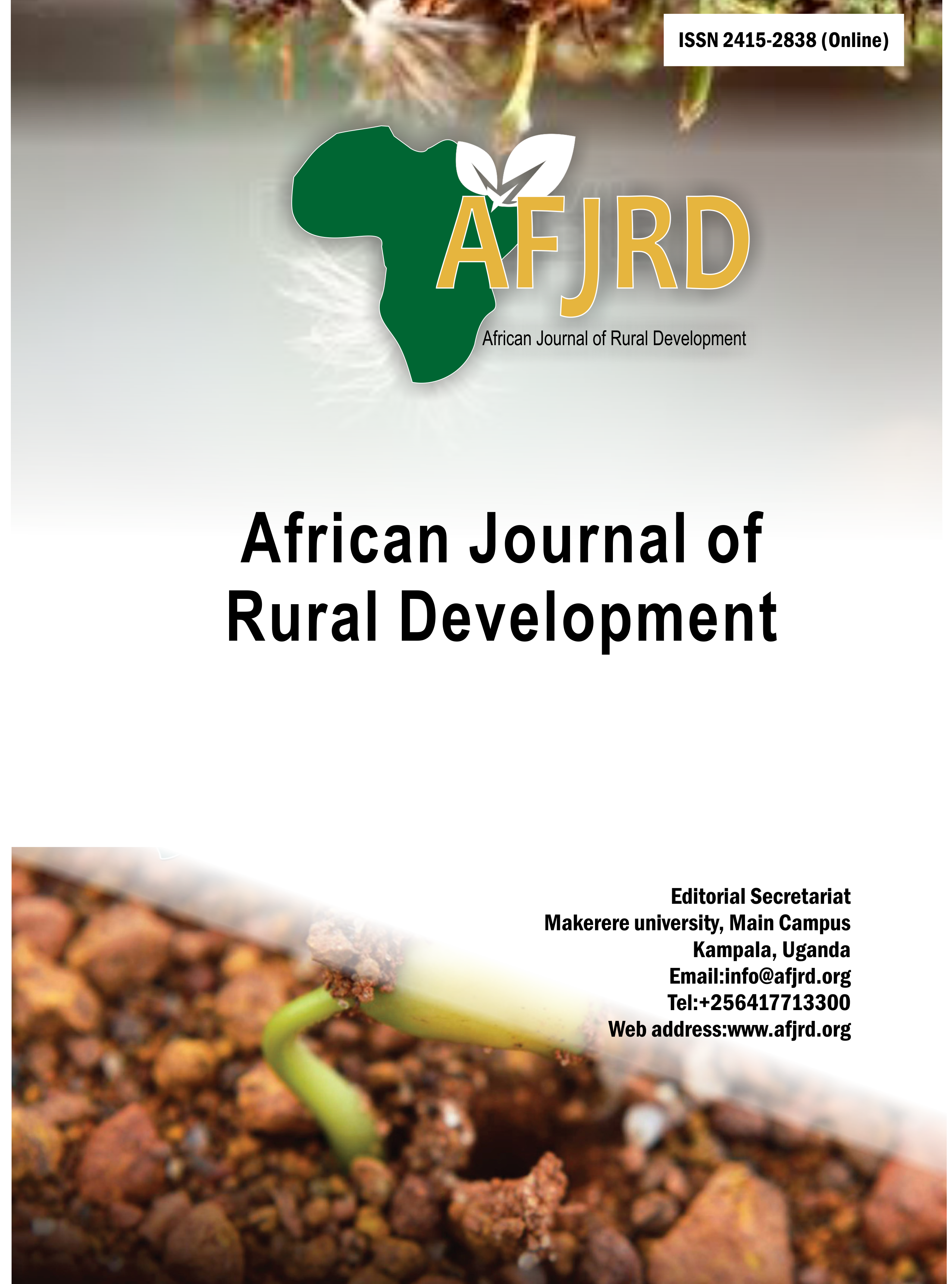The Urban Greenhouse Establishment Strategies for the Cultivation of Vegetables Urban Vegetable Farming
Main Article Content
Abstract
The increasing trend of the global population and urbanization requires a parallel increase in agricultural production. Increased urbanization particularly demands for increased food supply, especially fruits and vegetables. Urban greenhouse establishments present a promising strategy for addressing food security and sustainability in metropolitan areas. This review explores various methodologies and best practices for setting up and managing urban greenhouses dedicated to vegetable cultivation. Establishment of greenhouses requires strategic approaches, including site selection, structural design, micro-climate control systems, and sustainable practices. Optimal site selection considers proximity to consumers, accessibility, and integration with existing urban infrastructures. With systematic intervention, structural design maximizes space efficiency and ensures adequate light and ventilation. Meanwhile, advanced micro-climate control systems, such as automated temperature, humidity, and CO2 regulation, are essential for year-round production of vegetables. Emphasis on sustainable practices, including Integrated Pest Management (IPM), water conservation through hydroponics, aeroponics and aquaponics systems, renewable energy utilization, and waste management, is crucial. Case studies from diverse urban settings demonstrate the successful application of these practices, highlighting benefits such as reduced food miles, enhanced food and nutrition security, and positive environmental impacts. This review paper also suggests policy recommendations to support urban greenhouse initiatives, advocating for public-private partnerships, funding mechanisms, and regulatory frameworks to facilitate the adoption of urban greenhouses for vegetable production.
Article Details

This work is licensed under a Creative Commons Attribution 4.0 International License.
